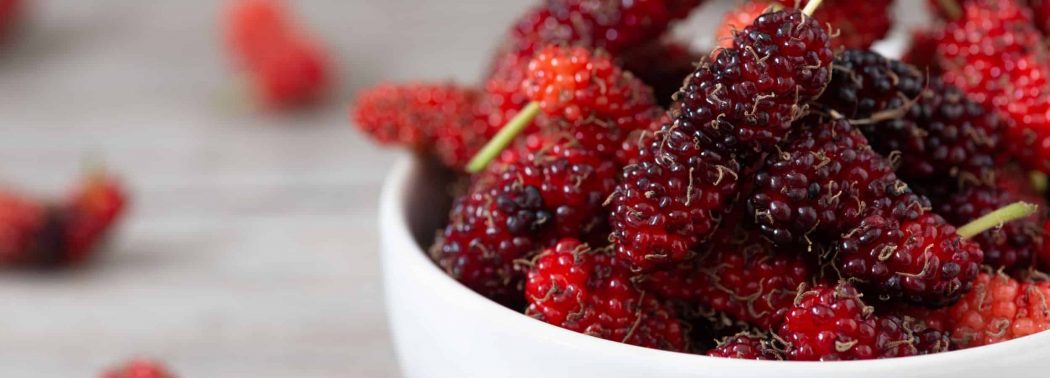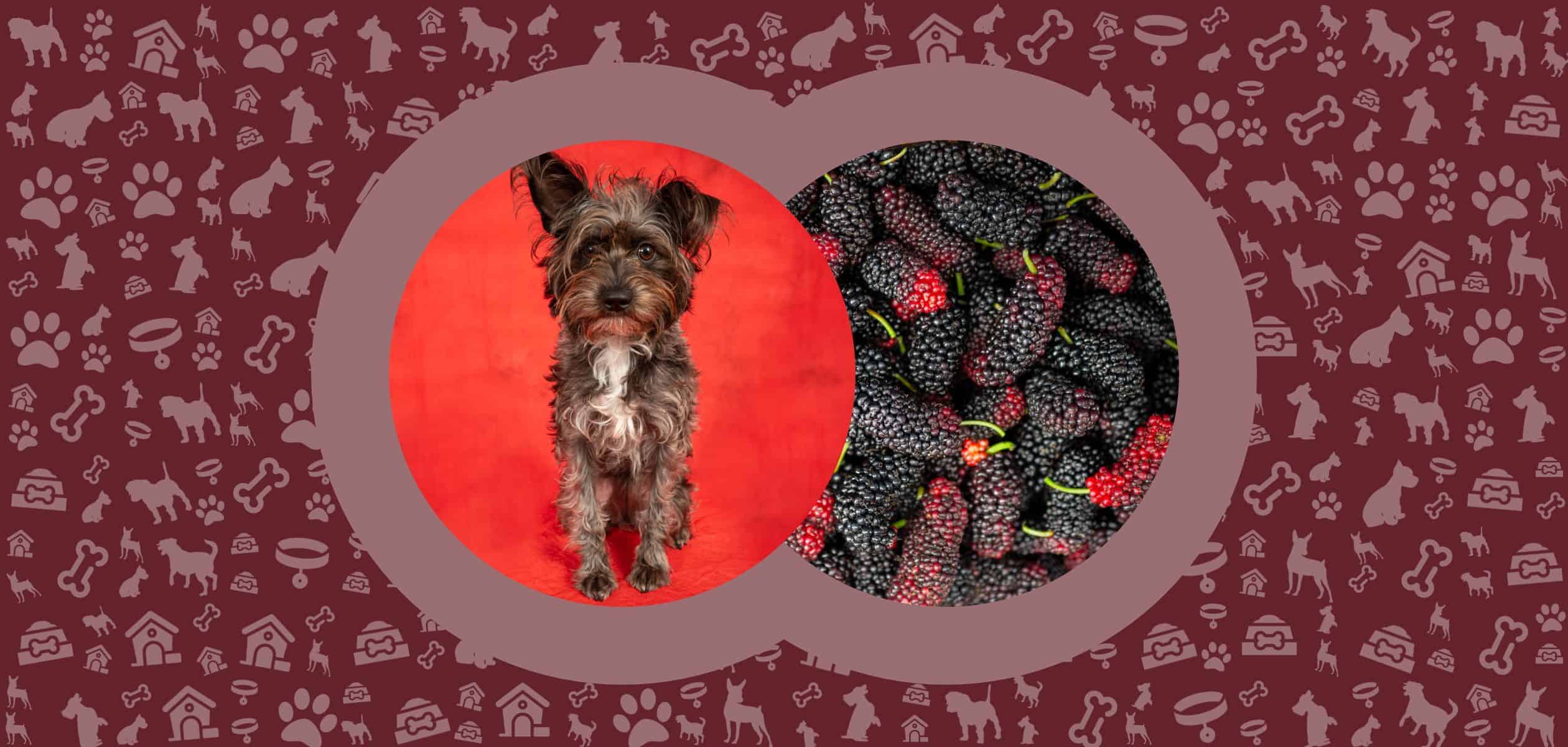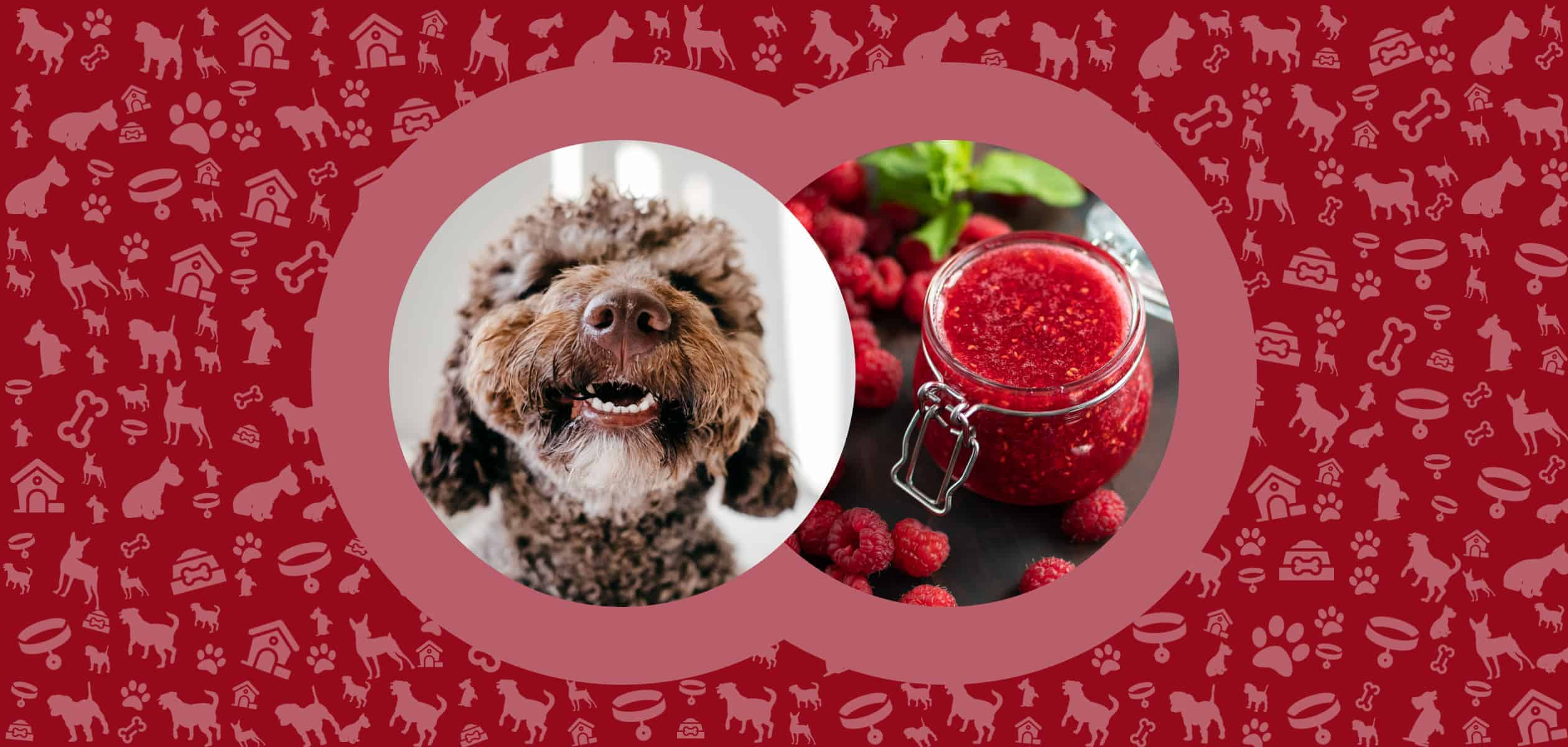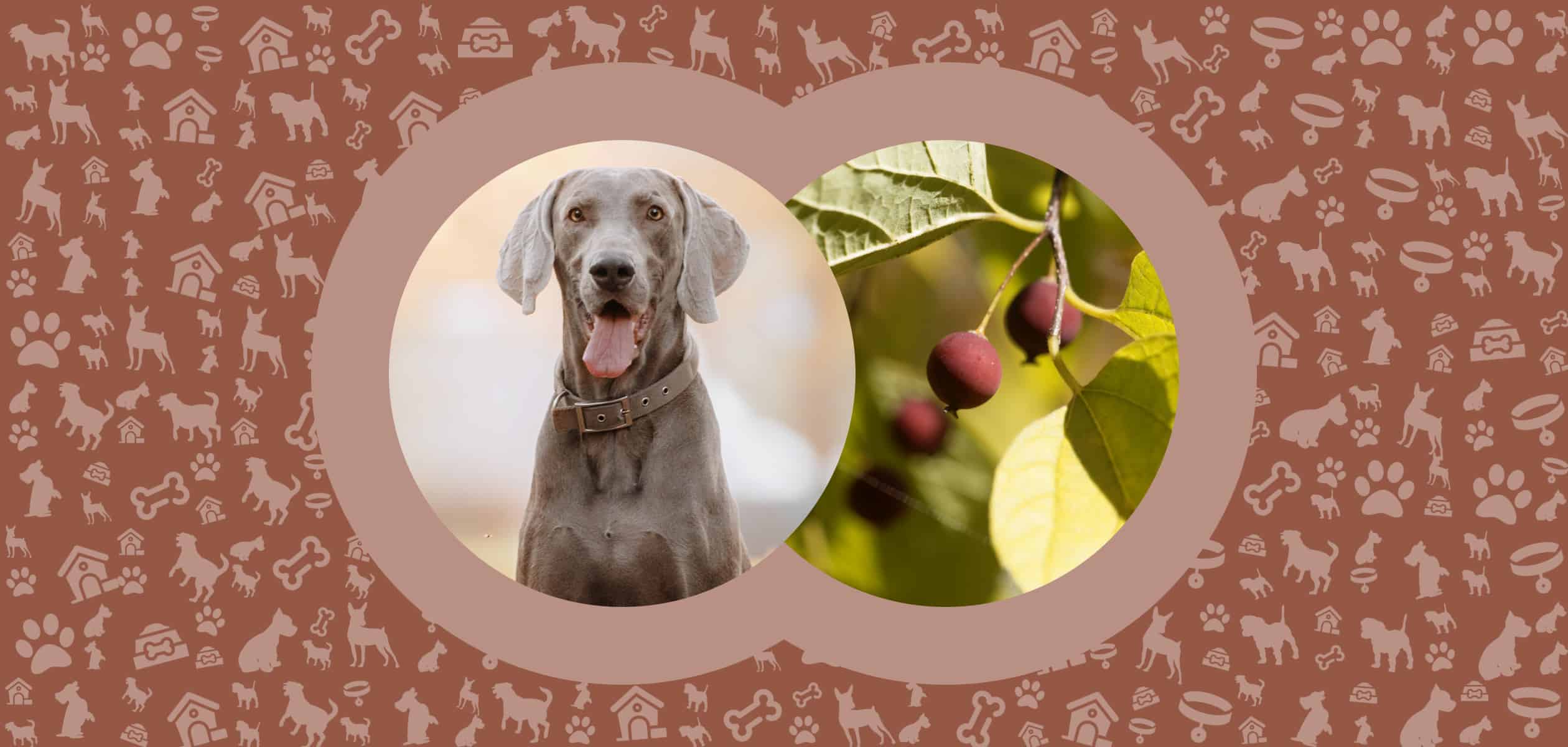Introduction
Berries, in general, and mulberries, in particular, contain heaps of vitamins and minerals that can help your dog to remain healthy. However, only ripe mulberries are safe to feed to dogs.
Unripe berries can cause a number of health issues and complications, but the most common one is diarrhea.
If you have a mulberry tree in your yard, avoid leaving your dog to nibble on them as you have no control over how much he or she might eat.
If you are worried about toxicity, we’ll put your mind at ease by telling you that the ASPCA clearly lists mulberries as non-toxic for dogs, but also other animals such as cats and horses.
Benefits for dogs
Antioxidants
Several antioxidants that can be found in mulberries are resveratrol, cyanidin, chlorogenic acid, rutin, as well as myricetin.
Antioxidants have been found to be able to prevent aging and cancer, so they are important if you want your dog to live a long and healthy life. These substances also have anti-inflammatory properties.

Vitamin C
Vitamin C is the star of most vitamins and minerals in the sense that it can reduce chronic disease, manage high blood pressure, prevent heart conditions, and even assist with iron deficiency.
On top of everything, this vitamin is known for boosting immunity. It’s even capable of preventing dementia when fed regularly to dogs.
Iron
Iron is at the core of every red blood cell that your dog has in his or her body.
Hemoglobin, which is rich in iron, is in charge of transporting nutrients and oxygen from and to your dog’s food and organs.
Fiber
Although dogs aren’t obligate carnivores such as cats, for example, they should still not be fed grains such as wheat.
This is because grain causes a variety of health problems, mainly involving the digestive system.
Fiber from fruit and veggies is, by comparison, a lot safer and healthier, and since mulberries contain it, you can definitely add them to your dog’s diet if he or she is experiencing diarrhea or constipation.
How much to feed
Any vet will tell you that fruit, whether mulberries or not, should only be fed in moderation. If your pet is a great mulberry aficionado, you can use them as rewards or as part of your training process.
Smaller breeds have a higher chance of developing digestive issues if they get into a mulberry tree and eat as many fruits as possible, especially in a short amount of time.
Check out the following table for several feeding recommendations.
Potential risks
Possible allergic reaction
You can’t know for sure whether your dog might be allergic to mulberries or not until he or she actually eats some.
or this reason, it’s highly recommended to start with very small amounts of ripe mulberries and only then add a couple more.
Toxicity
As previously mentioned, unripe mulberries can be toxic or can at least cause digestive upset.
Preparing the food
The best way of making sure that your dog gets all of the benefits and nutrients that are contained by mulberries is to feed them raw. Make sure to clean them properly with water.
If you’ve bought mulberries from the store and you don’t know if they have been sprayed with pesticides or weed killers, simply leave the mulberries to soak in fresh water for at least an hour or two before feeding them to your dog.
Ideally, you should aim at getting organic mulberries (preferably locally sourced).
If you have a mulberry tree in your backyard, that’s the best source as you will know what you’ve used in terms of pesticides.

Serving ideas
One mulberry can be a nice treat every now and then. Keep in mind that dogs should eat this fruit as if it were a snack, not a main source of food.
If you want to get a bit more creative, you can use the mulberries as an ingredient for preparing food like rice balls or even cookies.
However, we’d like to point out that sugar is not a healthy ingredient to add to these foods.
Using artificial sweeteners is not an option, either, since xylitol and a variety of others are toxic to dogs and can even be lethal in some situations.
Conclusion
Mulberries are generally safe to feed to dogs. Don’t overdo it, though – the saying ‘too much of a good thing’ works in this case, too.
Mulberries that aren’t ripe can be toxic to dogs, so always make sure to give this treat to your pet only when it’s ripe enough.
If you’d like to plant mulberries in your garden or yard, choosing a white or rosy variety might be a better idea than going for a black type as the latter can stain your dog’s coat, muzzle, and paws.
Depending on the mulberry tree you have in your yard, they also have different ripening times. Black mulberries are ripe from mid-August to September, while red mulberries become ripe in late spring (May).
Talk to your vet before adding any new food to your dog’s diet.





Leave a Comment